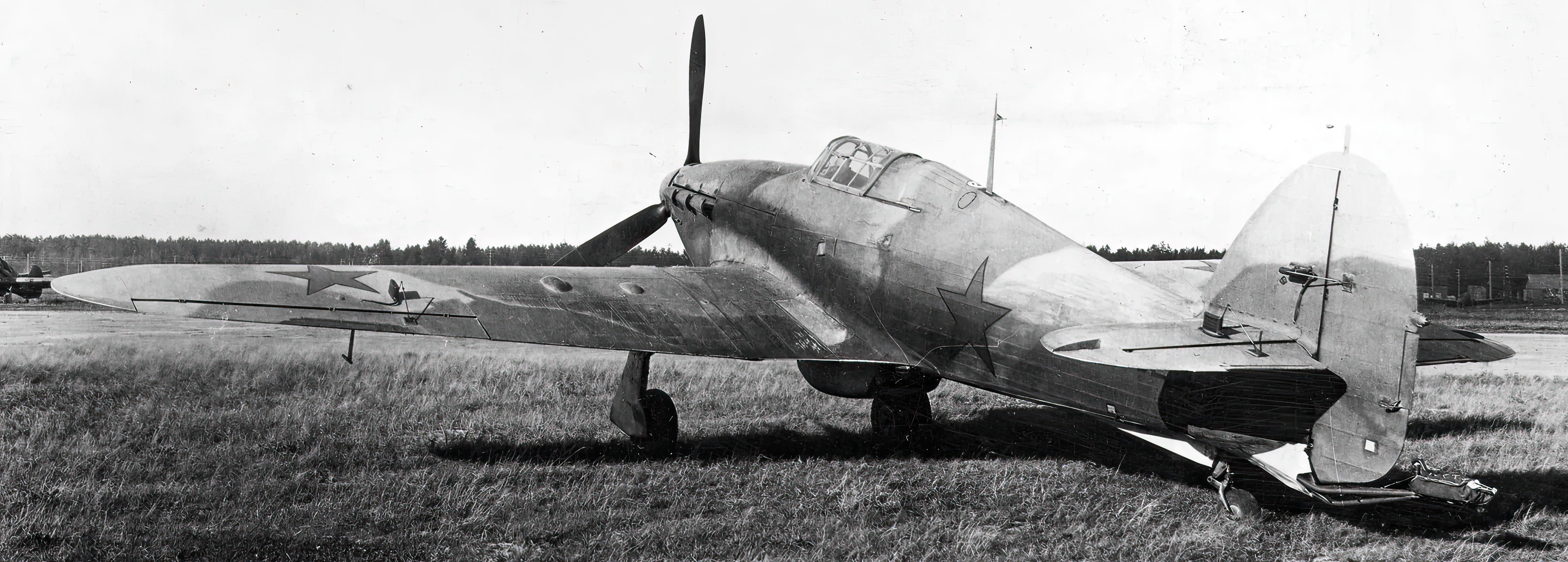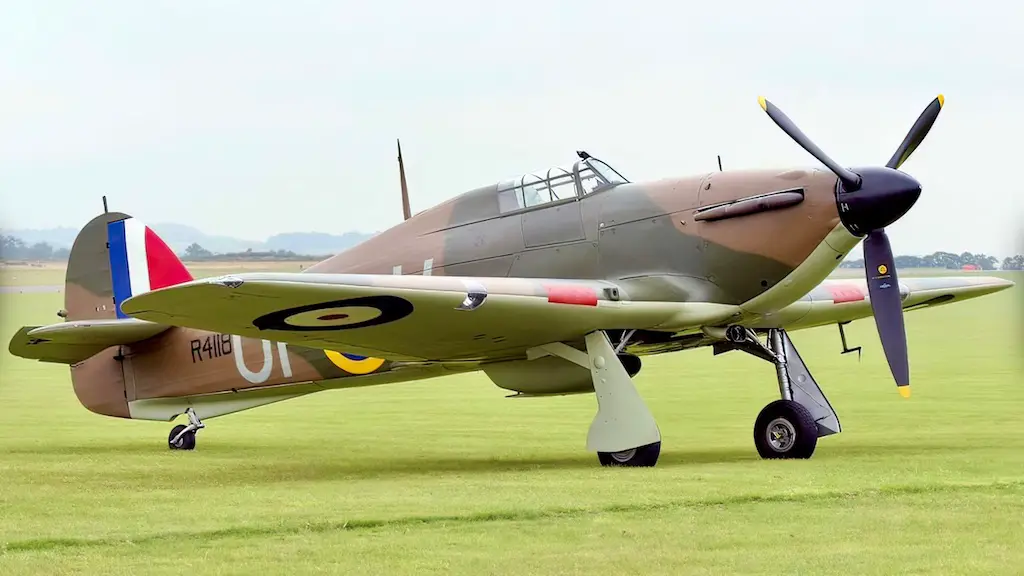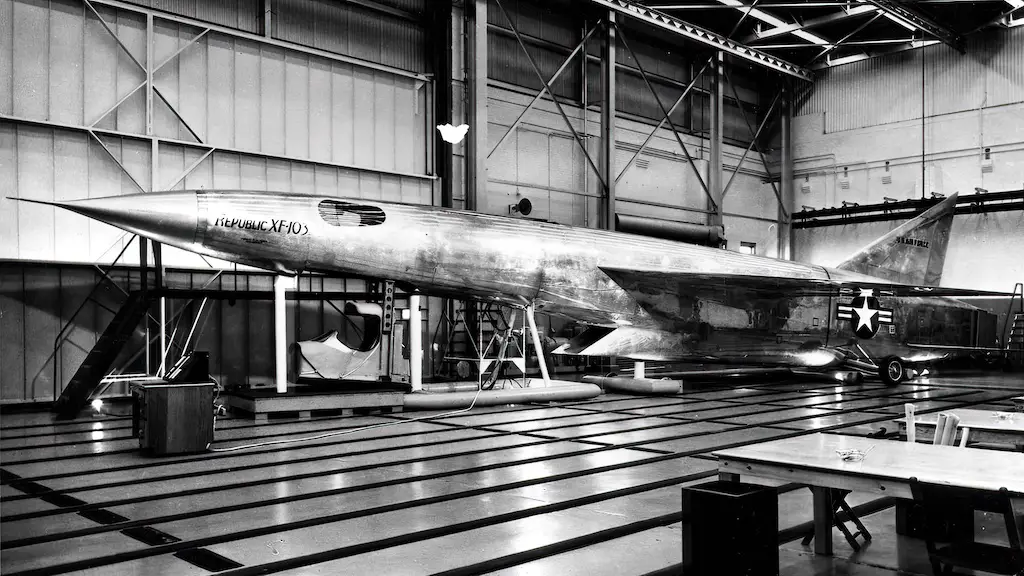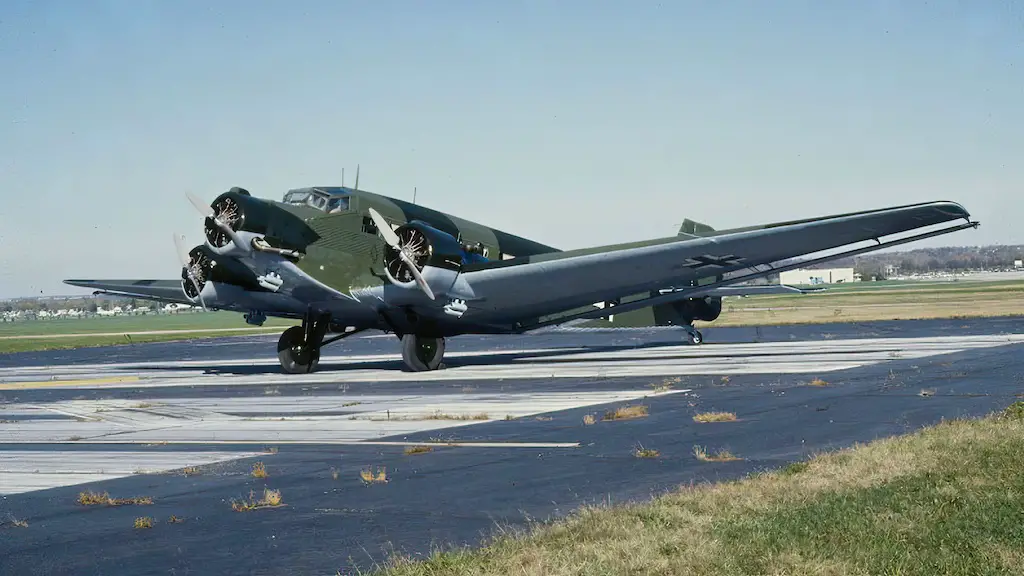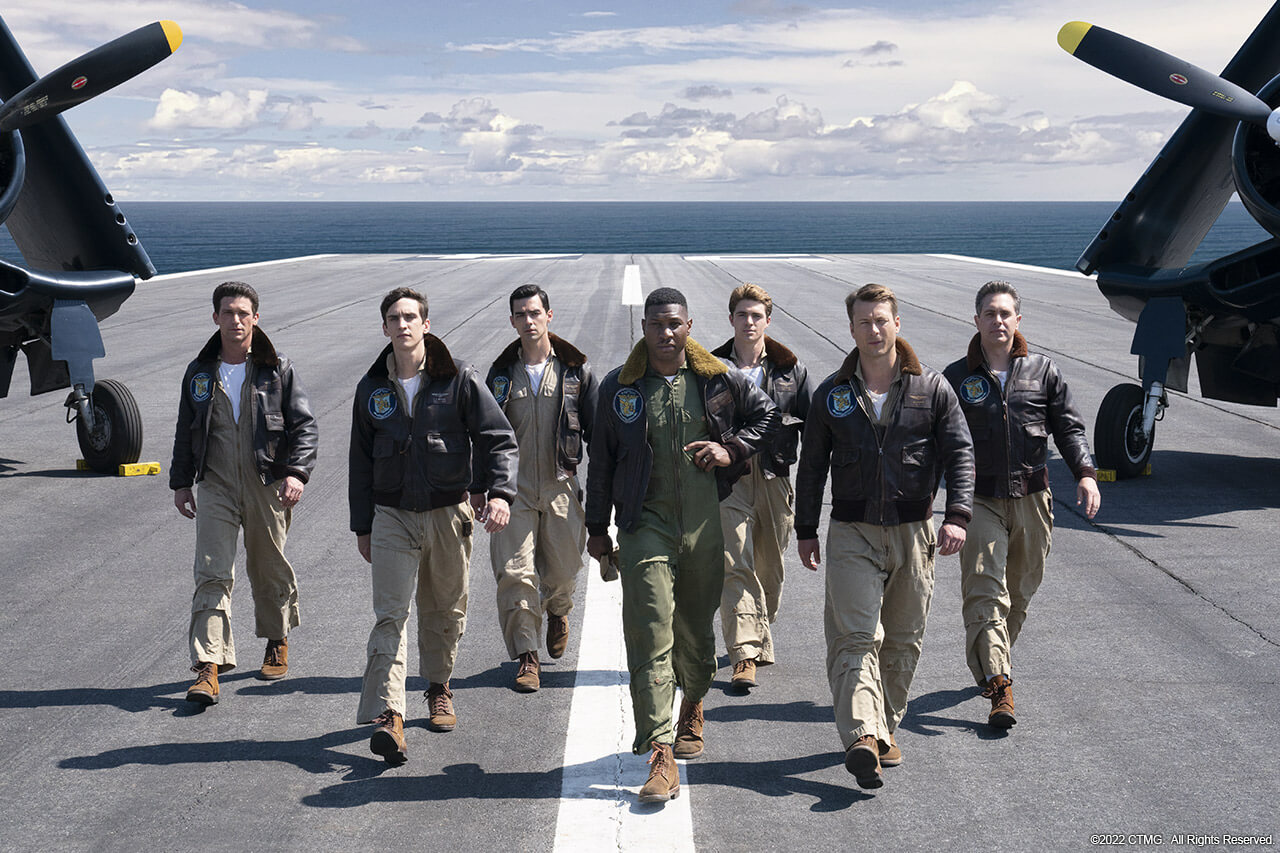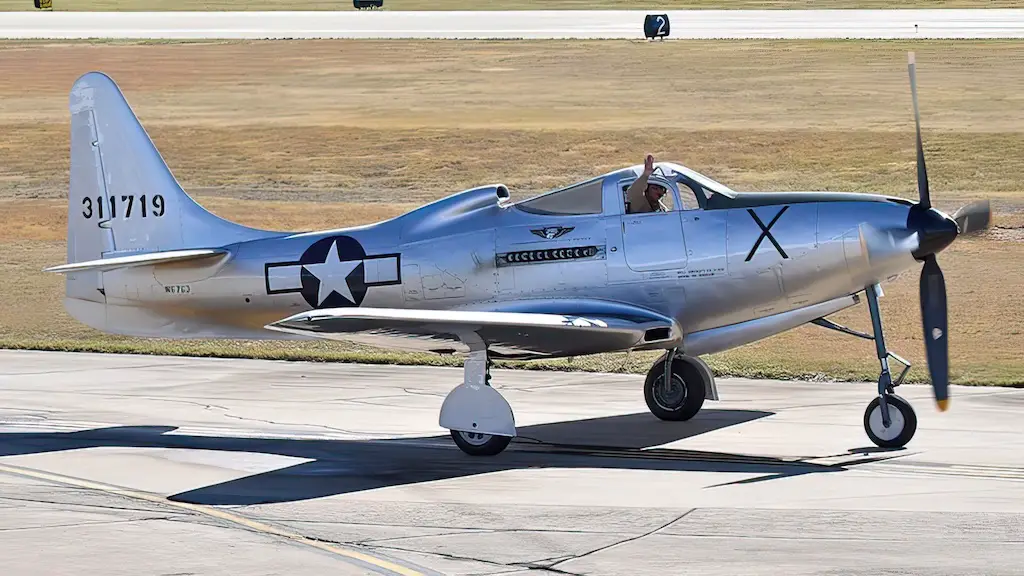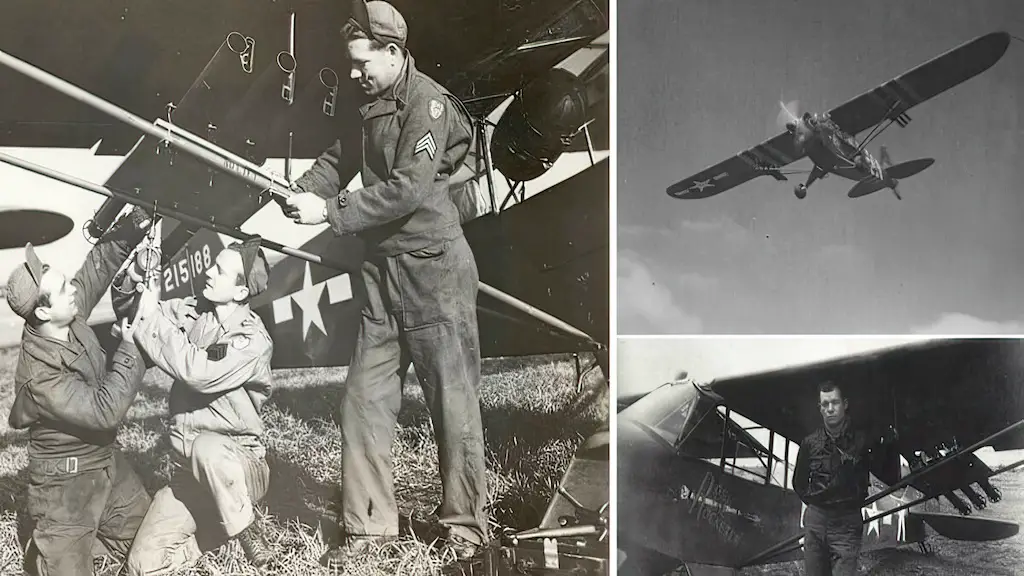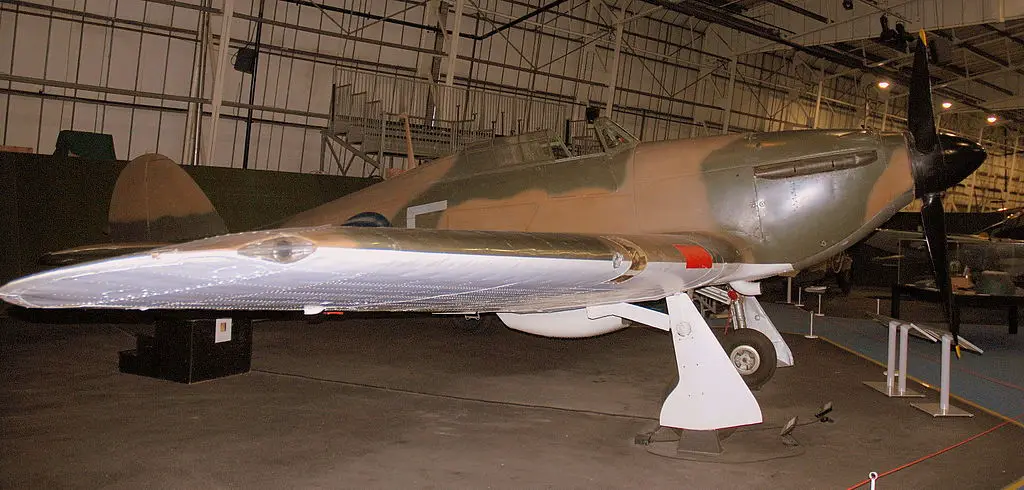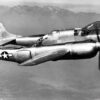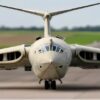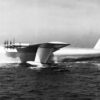Ukraine unveils a rare and remarkable find—eight British Hurricane fighter planes from the era of the Second World War. Resting quietly in a forest south of Kyiv, the aircraft were unearthed by metal detectorists near an unexploded bomb from the same era. These treasures of aviation history traveled all the way from Britain to the Soviet Union, sent as reinforcements when Germany invaded in 1941.
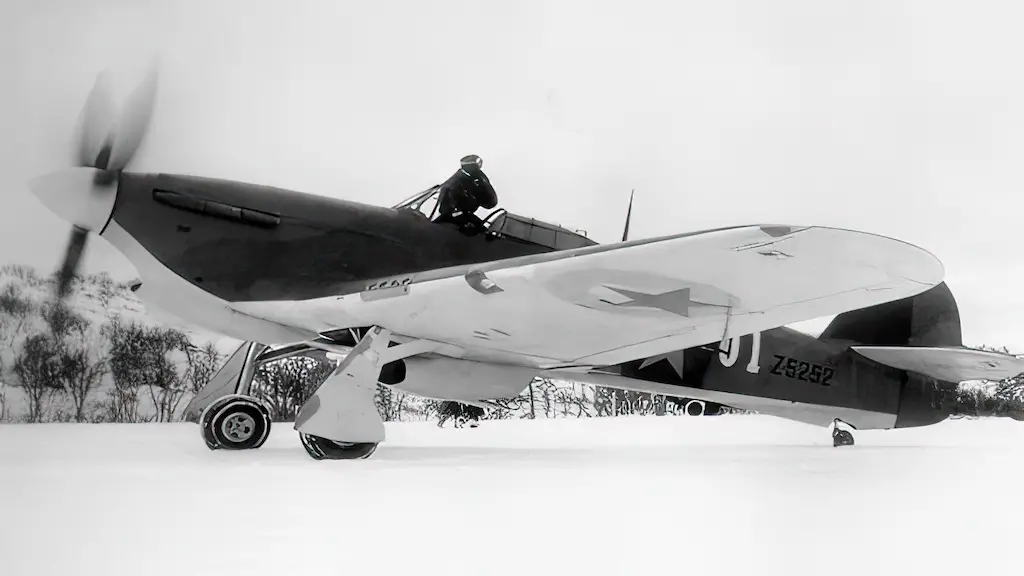
The Unseen Survivors of a Bygone Battle
“It is very rare to find this aircraft in Ukraine,” says Oleks Shtan, a seasoned former airline pilot at the helm of the excavation. His excitement highlights the significant addition to Ukraine’s aviation history, marking the first discovery of lend-lease aircraft in the country.
“The Hurricane was a strong, easy to fly machine,” Shtan says. “It was stable as a gun platform and suitable for inexperienced pilots. A reliable aircraft.”

The Heroes of the Skies
The Hurricanes hold a reputation as formidable machines, having claimed more than half of the German aircraft during the renowned Battle of Britain. These magnificent birds of prey were part of a whopping shipment of around 3,000 fighter planes dispatched to the USSR from 1941 to 1944, bolstering the Soviet war effort.
A Hidden History Revealed
The ravages of time are evident on the stripped and rusting aircraft. Explorers found the remains concealed in the woodland, missing their most valuable parts such as radios and machine guns. Historians suggest this purposeful dismantling and burial was a move by the Soviets to evade repayments to the US. Lend-lease legislation demanded payment for any donated military equipment left intact.
The Soviets might have salvaged the radios and machine guns from the planes before burial, possibly for use on later projects.
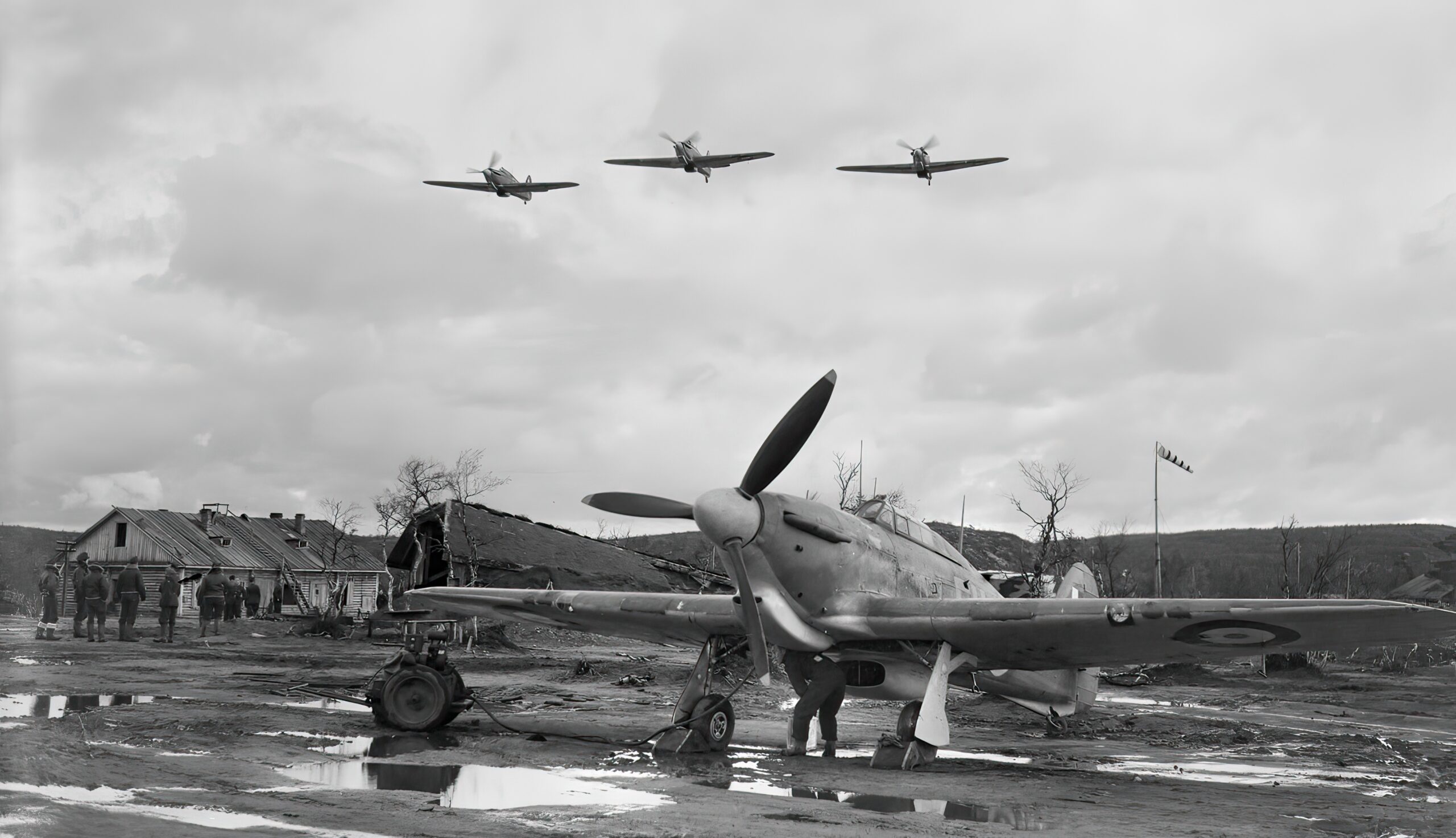
Breathing Life into History
The National Aviation Museum in Ukraine harbors an ambitious plan—to reassemble the Hurricanes and put them on display.
Valerii Romanenko, head of research at the museum, reflects on the deeper significance of these aircraft. “The Hurricanes are a symbol of British assistance during the years of the second world war, just as we are very appreciative of British assistance nowadays,” Valerii Romanenko, the head of research at the museum, told the BBC. “The UK is one of the largest suppliers of military equipment to our country now.”
